
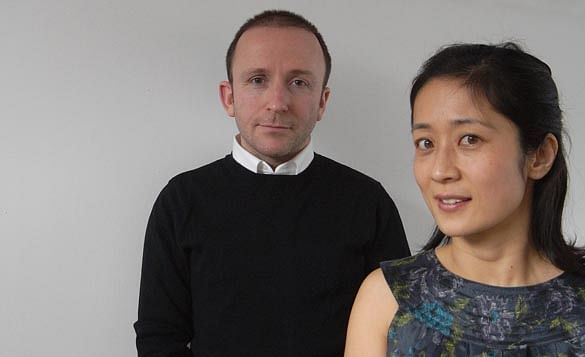
I’m in Leith, a short distance from Edinburgh city centre, to interview Kieran Gaffney, one-half of the Konishi Gaffney work partnership with his wife, Makiko Konishi. Konishi and Gaffney met whilst working for Thomas Heatherwick in London. Gaffney was Heatherwick’s first employee, working as an architect on early projects from 1998 until 2004.
“The best thing I learnt [at Heatherwick’s] was not to be a difficult architect," said Gaffney. "We'd work for architects and be brought in to work on public art. We met a lot of architects, and architects can be difficult characters. They tend to be quite nice and amicable but actually quite egotistical as well, quite attached to this idea ‘it’s mine’,” said Gaffney, adding, with a twinkle, “but you actually need that egotism a bit to get through the process as well, it’s a hard task.”
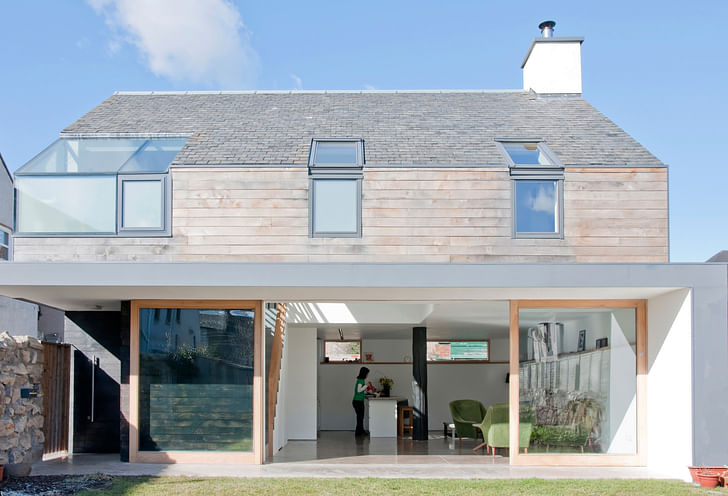
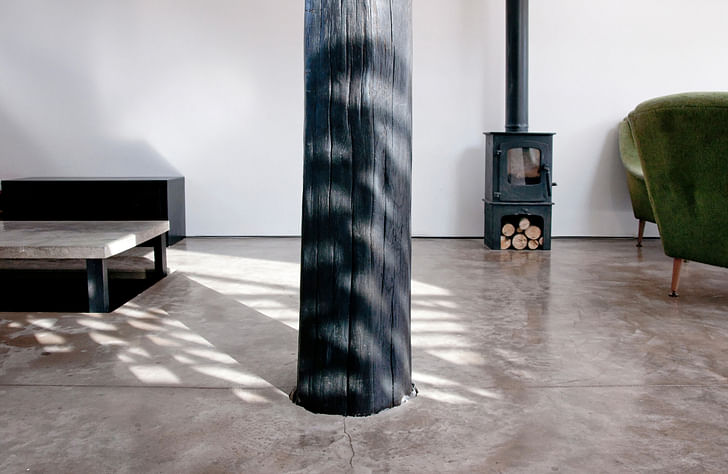
At Heatherwick’s, the bright lights of London had lost their allure. Trudging through Oxford Street with their new baby in a pram, one night, the couple made the decision to move. TheyThat’s the criticism, the city gets caught in aspic, a museum world, and I think that’s a genuine risk. first went back to Konishi’s home country of Japan for three years before heading back to Gaffney’s origin: Scotland.
Why Edinburgh? “Edinburgh is the densest city in Europe in terms of architects,” explained Gaffney. “There are more architects here than anywhere else. So, first piece of advice, don’t move here unless you want competition. Some of the architects that I admire are here; Sutherland Hussey, Graham Massie, and Reich and Hall are the best architects in Edinburgh and have got a culture of experimentation within their studio work.”

Is there much architectural experimentation on the streets of Edinburgh? “I think there’s been a movement for the last 20 years or so for integrating art with architecture, so there’s been funding for that,” explained Gaffney. “In terms of conservative values ruling the city? I think planners are getting better but there is a lobby here, they don’t want to ruin the city as a heritage site. That’s the criticism, the city gets caught in aspic, a museum world, and I think that’s a genuine risk. Having said that, the people that often criticise the heritage brigade are developers trying to do horrible new stuff.”
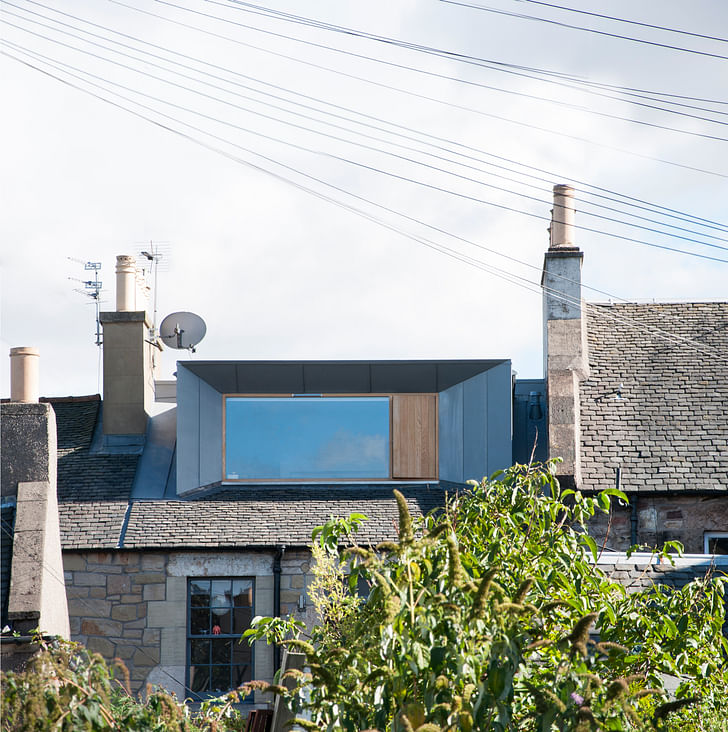
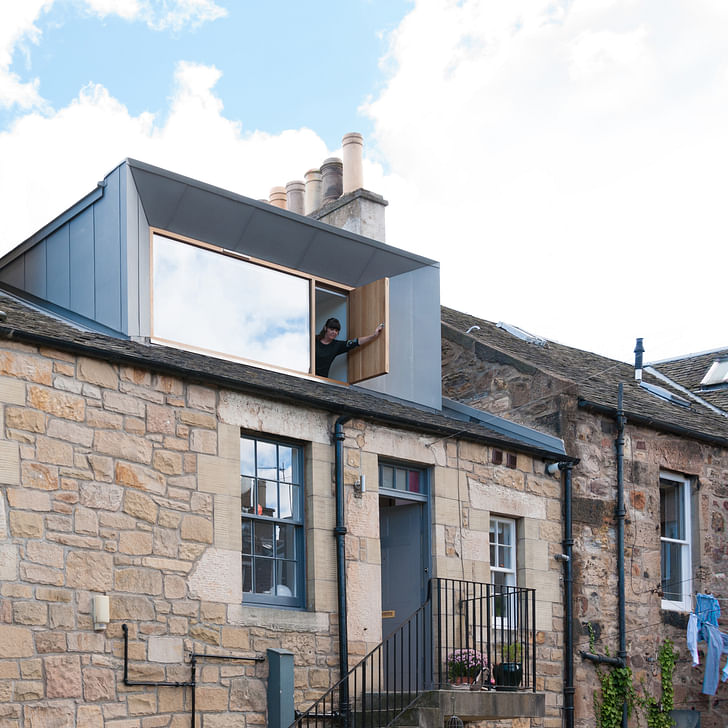
Luckily for Edinburgh, the “new stuff” that Gaffney Konishi do is far from horrible, producing extremely well-executed, mainly residential extensions that work within the tight packed, sectioned, volcanic topography of Edinburgh. “I think the reason why people come to us is when they’ve got problematic buildings, we are quite good at figuring out difficult sites and difficult briefs,” explained Gaffney.I think the reason why people come to us is when they've got problematic buildings, we are quite good at figuring out difficult sites
Many of these “difficult briefs” have resulted in awards and commendations. One project, in particular, Regent Street Dormer, won a RIAS Award last year. “It was a long thin dormer and after that we had loads of people asking us to do dormers, it was a really difficult project, it was hard work and we didn’t want to do a dormer ever again,” recalled Gaffney. “But I think we are doing different things, we are not just doing the same thing again and again. But all the things we’re getting asked to do are quite small.”
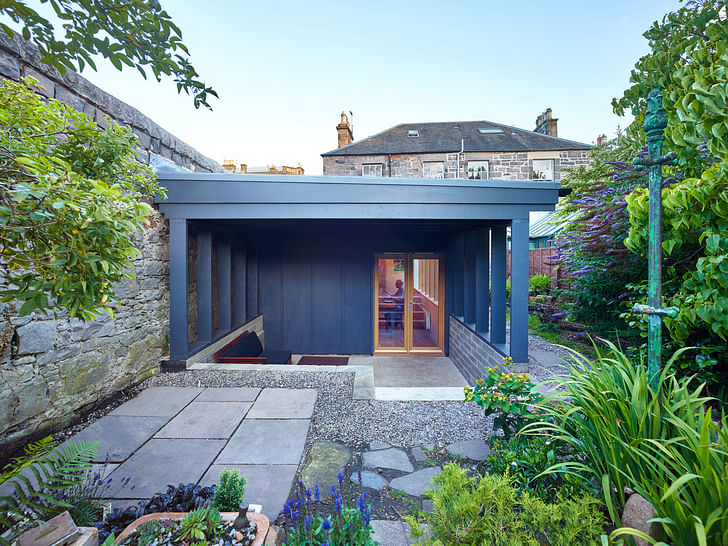
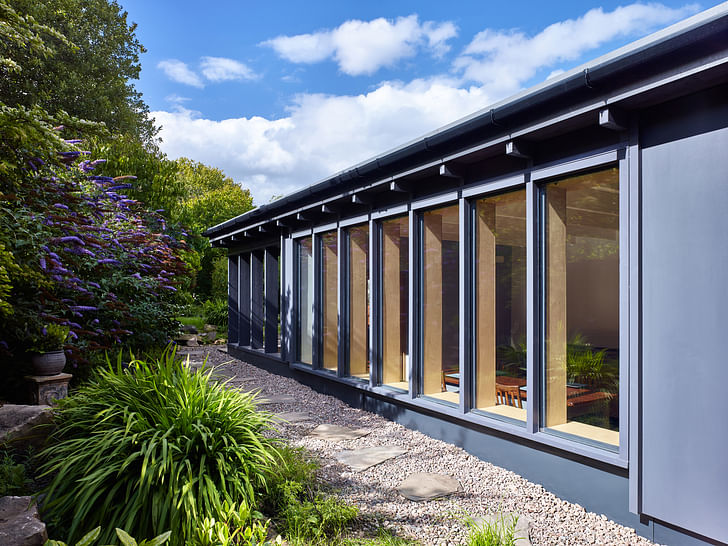
What’s the ambition? “What I’d like to do is apply our skill to bigger things," Gaffney replied. “I was introduced to someone recently by a friend of mine and they said ‘This is Kieran, he’s an architect, he does really nice small things’ and I was like, I don’t want people to say that, I want them to say ‘he does really nice things.’ My ambition is not to be introduced like that again!”.
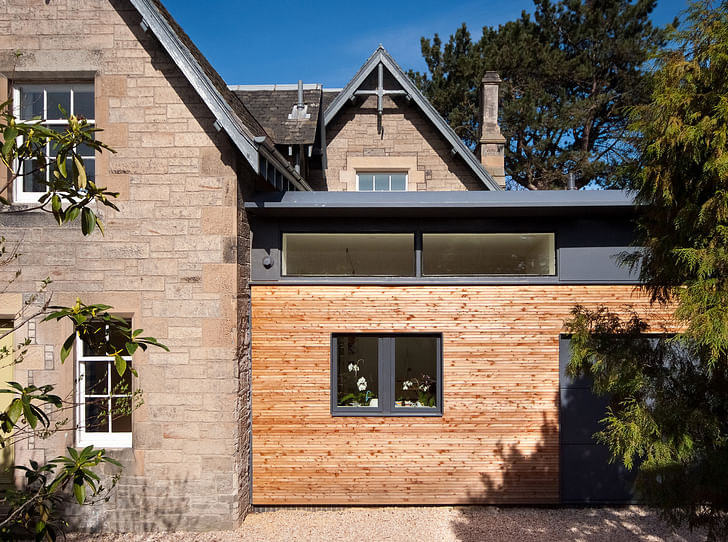
So, how does the studio intend to go about aiming bigger? Gaffney tells me, the public sector work is tough to get into, but the studio has entered and won competitions. Gaffney talks animatedly about their winning submission to 2011’s “Kilcreggan: A Future for Rural Communities” competition, which has been put on hold due to funding issues from the local authorities. The project was due to be built with part of the proceeds from a wind turbine installation that is yet to happen.
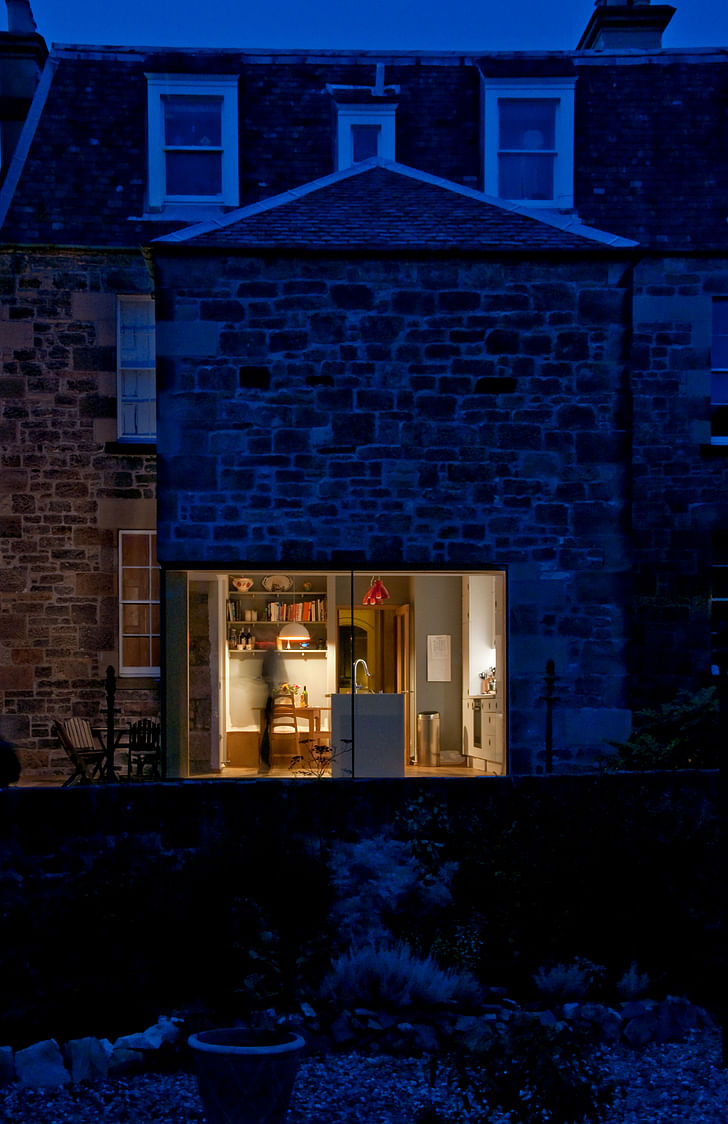
Their latest “small” piece is in fact a project to bring a store’s huge ceiling down to a comfortable smaller size, using a mesh of copper pipes. The property is right opposite the council offices. Who knows, perhaps the proximity could provoke a serendipitous meeting and jolt the council planners into opening up opportunities for talented and determined architectural craftsmen like Gaffney. Their small projects are already adding up to make a big impression.
Robert studied fine art and then worked in children's television as a sound designer before running an art gallery and having a lot of fun. After deciding that writing was the overruling influence he worked as a copywriter in viral advertising and worked behind the scenes for branding and design ...
No Comments
Block this user
Are you sure you want to block this user and hide all related comments throughout the site?
Archinect
This is your first comment on Archinect. Your comment will be visible once approved.